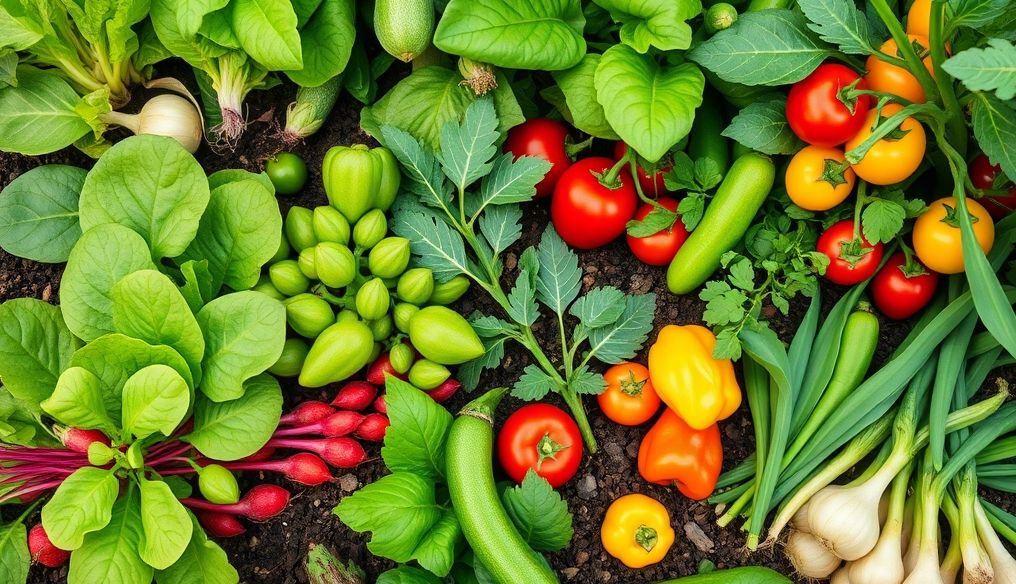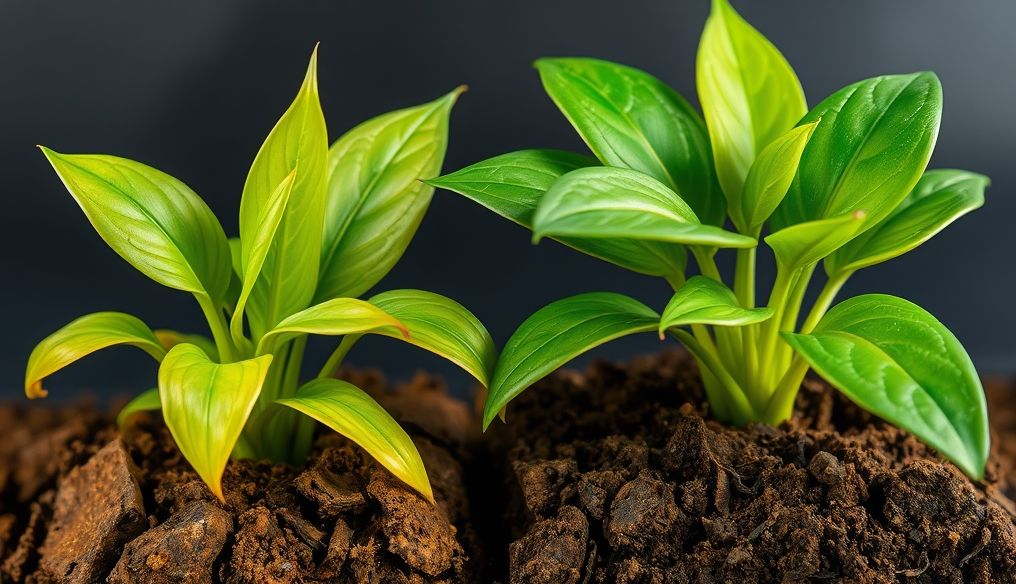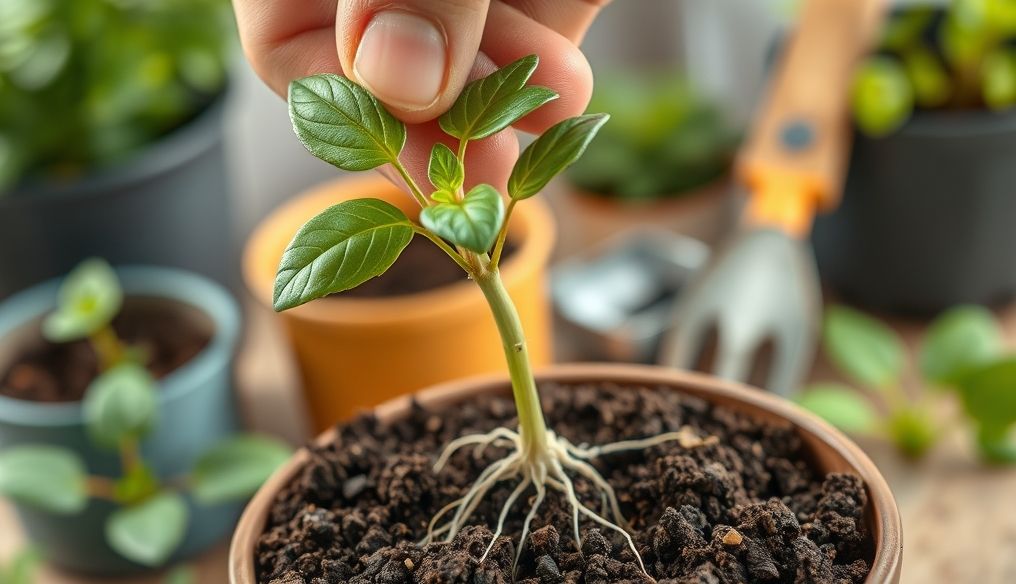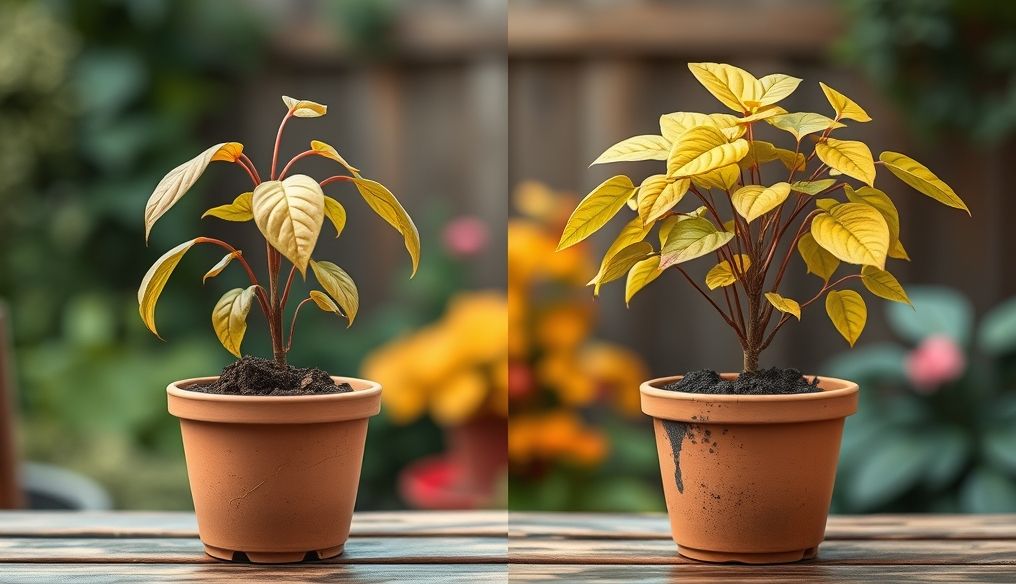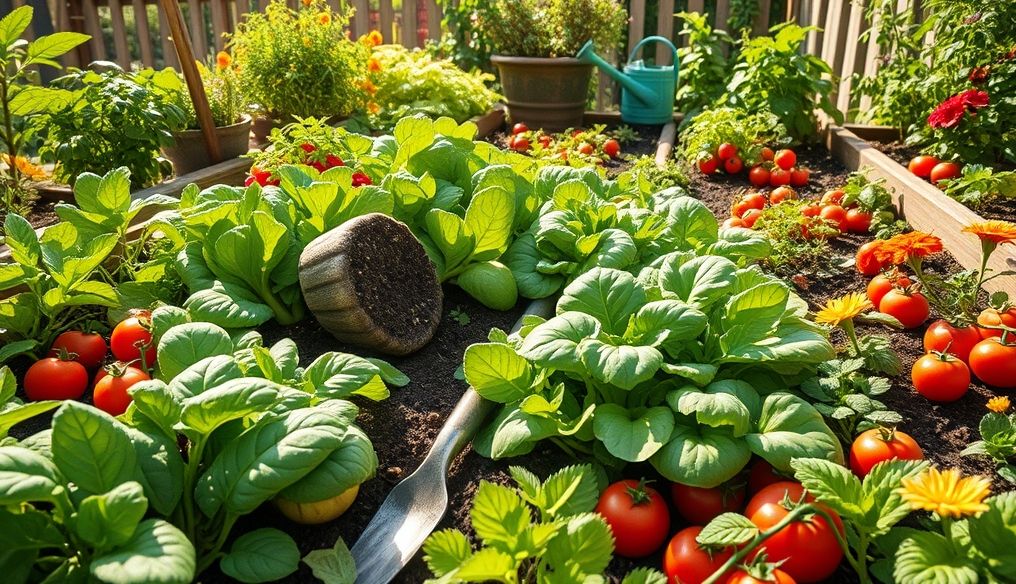What Are the Easiest Vegetables to Grow for Beginners?
Growing vegetables in your home garden or even in small pots on your balcony can be a very enjoyable and rewarding experience. You don't need to be an expert gardener to get started. There are many easy-to-grow vegetables that are perfect for beginners. These vegetables require little care, tolerate some mistakes, and give great results even if you have no prior experience.
Why Should You Start with Easy-to-Grow Vegetables?
- Early Success: Seeing your plants grow and bear fruit quickly boosts your confidence and encourages you to continue.
- Reduce Frustration: Easy-to-grow vegetables reduce the chances of failure and avoid the frustration that can affect beginners.
- Save Time and Effort: These vegetables require little care, saving you time and effort.
- Abundant Harvest: Even with minimal effort, you can get a good harvest from these vegetables.
- Learn the Basics of Gardening: Growing these vegetables teaches you the basics you need to expand your gardening in the future.
The Best Easy Vegetables for Beginners
1. Radishes
Radishes are one of the fastest-growing vegetables, with a harvest possible in just three to four weeks. They grow well in cool weather, making them ideal for planting in spring and fall.
How to Grow Radishes:
- Soil: Radishes need loose, well-drained soil.
- Sowing: Sow the seeds directly into the ground at a depth of about 1 cm.
- Watering: Keep the soil consistently moist.
- Sun: Radishes need about 6 hours of sun per day.
- Harvest: Harvest radishes when they reach about 2.5 cm in diameter.
Tip: Sow radishes in succession every two weeks to ensure a continuous harvest.
2. Lettuce
Lettuce is an easy-to-grow leafy vegetable that can be harvested multiple times. There are many different types of lettuce, such as romaine, leaf lettuce, and butter lettuce, all of which are easy to grow.
How to Grow Lettuce:
- Soil: Lettuce needs soil rich in organic matter and well-drained.
- Sowing: Sow the seeds directly into the ground or start them indoors and then transplant the seedlings.
- Watering: Keep the soil consistently moist.
- Sun: Lettuce needs about 6 hours of sun per day, but can tolerate some shade.
- Harvest: Harvest the outer leaves when they are large enough to use.
Tip: Avoid growing lettuce in hot weather, as this can cause premature bolting.
3. Spinach
Spinach is another easy-to-grow leafy vegetable that is rich in nutrients. It can be grown in spring and fall.
How to Grow Spinach:
- Soil: Spinach needs soil rich in organic matter and well-drained.
- Sowing: Sow the seeds directly into the ground at a depth of about 1 cm.
- Watering: Keep the soil consistently moist.
- Sun: Spinach needs about 6 hours of sun per day, but can tolerate some shade.
- Harvest: Harvest the leaves when they are large enough to use.
Tip: Grow spinach in partial shade during hot weather to prevent bolting.
4. Green Beans
Green beans are easy-to-grow vegetables that produce an abundant harvest. There are two main types of green beans: bush beans and pole beans.
How to Grow Green Beans:
- Soil: Green beans need well-drained soil.
- Sowing: Sow the seeds directly into the ground at a depth of about 2.5 cm.
- Watering: Keep the soil consistently moist.
- Sun: Green beans need about 6 hours of sun per day.
- Support: Pole beans need support such as a trellis or stick.
- Harvest: Harvest the beans when the pods are plump but before the seeds get too large.
Tip: Plant green beans in a location protected from strong winds.
5. Zucchini
Zucchini is an easy-to-grow vegetable that produces an abundant harvest. It can be grown in the summer.
How to Grow Zucchini:
- Soil: Zucchini needs soil rich in organic matter and well-drained.
- Sowing: Sow the seeds directly into the ground at a depth of about 2.5 cm.
- Watering: Keep the soil consistently moist.
- Sun: Zucchini needs about 6 hours of sun per day.
- Harvest: Harvest zucchini when they are small and tender.
Tip: Inspect zucchini plants regularly and look for any signs of pests or diseases.
6. Cherry Tomatoes
Cherry tomatoes are a small type of tomato that is easy to grow and produces an abundant harvest. They can be grown in pots or in the garden.
How to Grow Cherry Tomatoes:
- Soil: Cherry tomatoes need soil rich in organic matter and well-drained.
- Sowing: Start the seeds indoors and then transplant the seedlings outdoors after the danger of frost has passed.
- Watering: Keep the soil consistently moist.
- Sun: Cherry tomatoes need about 6 hours of sun per day.
- Support: Tomato plants need support such as a cage or stick.
- Harvest: Harvest the tomatoes when they are red and tender.
Tip: Prune tomato plants regularly to remove excess leaves and side shoots.
7. Bell Peppers
Bell peppers are easy-to-grow vegetables that produce an abundant harvest. They can be grown in pots or in the garden.
How to Grow Bell Peppers:
- Soil: Bell peppers need soil rich in organic matter and well-drained.
- Sowing: Start the seeds indoors and then transplant the seedlings outdoors after the danger of frost has passed.
- Watering: Keep the soil consistently moist.
- Sun: Bell peppers need about 6 hours of sun per day.
- Support: Pepper plants may need support such as a cage or stick.
- Harvest: Harvest the peppers when they are brightly colored and firm.
Tip: Fertilize pepper plants regularly for best results.
8. Green Onions (Scallions)
Green onions or scallions are easy to grow and can be harvested multiple times. They can be grown in pots or in the garden.
How to Grow Green Onions:
- Soil: Green onions need well-drained soil.
- Sowing: Sow the seeds directly into the ground or start them indoors and then transplant the seedlings.
- Watering: Keep the soil consistently moist.
- Sun: Green onions need about 6 hours of sun per day.
- Harvest: Harvest the leaves when they are large enough to use.
Tip: You can grow green onions from the leftover onion you buy from the store. Place the base of the onion in water until roots grow and then plant it in the soil.
Additional Tips for Growing Vegetables for Beginners
- Choose a suitable location: Make sure the planting location gets enough sun and water.
- Use good soil: Use soil rich in organic matter and well-drained.
- Water regularly: Keep the soil consistently moist, but avoid overwatering.
- Fertilize: Fertilize your plants regularly for best results.
- Pest and Disease Control: Inspect your plants regularly and look for any signs of pests or diseases.
- Don't be afraid to experiment: Try different types of vegetables and growing methods to find what works best for you.
Growing vegetables can be a fun and rewarding experience. Start with the easy vegetables mentioned above and enjoy an abundant harvest from your home garden!
